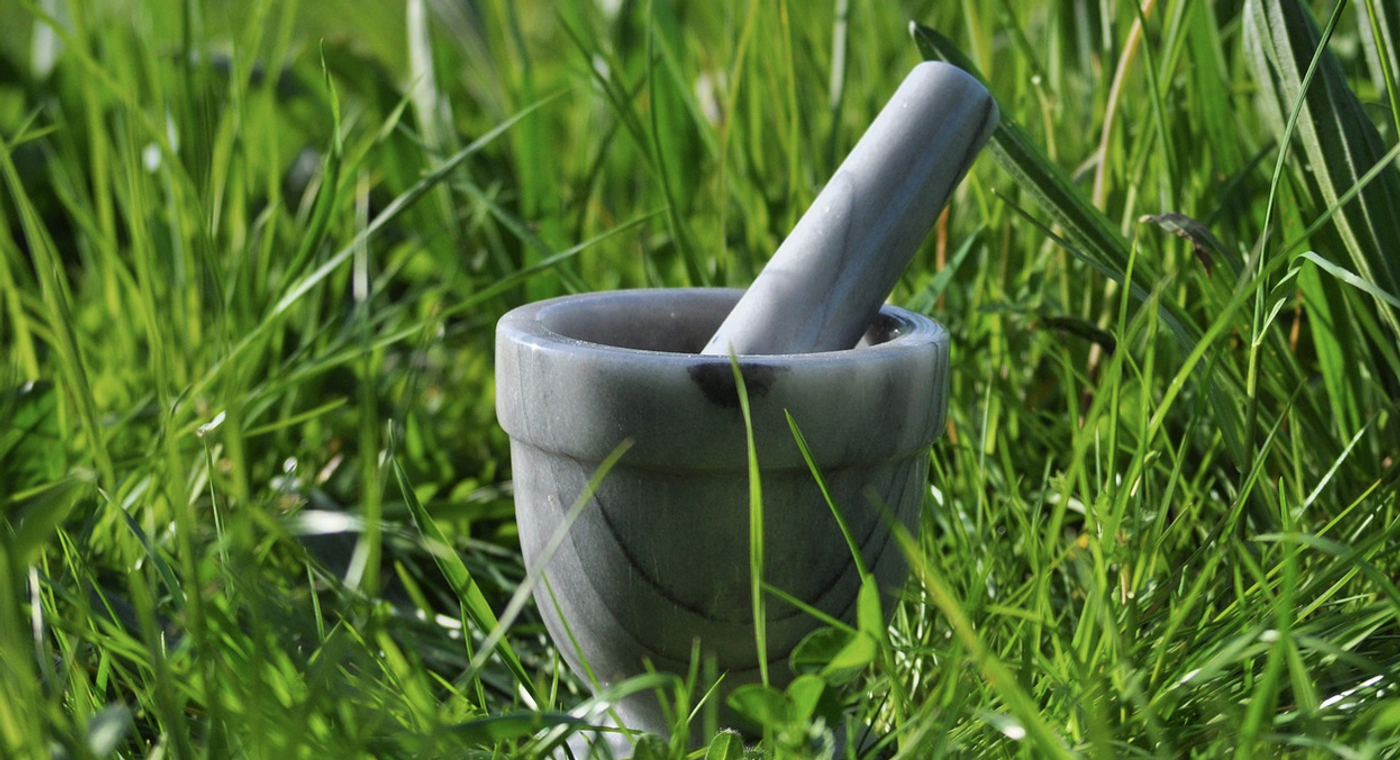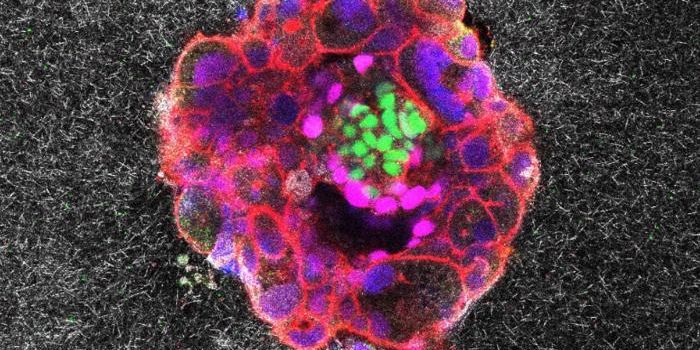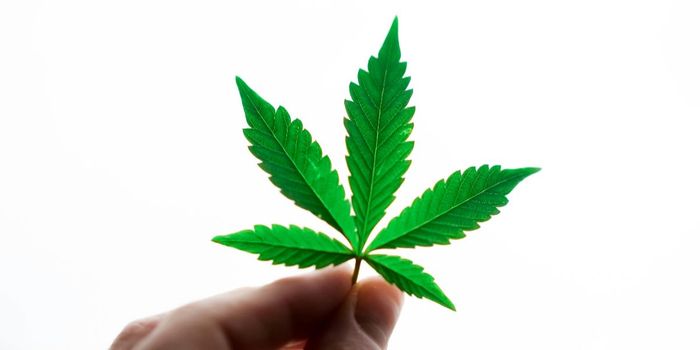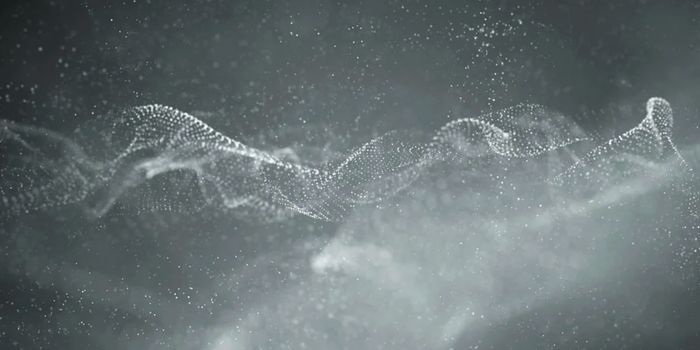A Samoan Plant May Reduce Inflammation as Well as Ibuprofen
To the people of Samoa, the medicinal qualities of a tree known as matalafi are well known. A preparation or homogenate derived from the leaves of the matalafi tree (Psychotria insularum) has been used for hundreds of years in Samoa to treat a huge variety of ailments, including wounds, fever, body aches and stomach pain, vomiting, swelling, skin and respiratory infections, and elephantiasis. Now scientists are bringing that knowledge to the rest of the world. In a new study in the Proceedings of the National Academy of Sciences (PNAS), an international team of researchers has used immune cell culture models to show that matalafi leaves can relieve inflammation as well as ibuprofen.
First study author Seeseei Molimau-Samasoni began to investigate the properties of this planet during her graduate studies about a decade ago, and has since used genetic tools to reveal that molecules in the plant can easily attach to iron; the plant acts as an iron chelator. It's thought that iron chelators are useful treatments when inflammation is caused by a dysregulation of iron.
When a Baker's yeast model was exposed to a preparation of matalfi leaves, the researchers were able to assess the impact of the leaves by performing a genetic analysis of the yeast after exposure (this is a standard pharmacological method). This work found a few potential effects from the plant compounds; the homogenate can bind to metal ions, help relieve cellular stress, and may be related to amino acid transport and mitochondrial function, for example.
The researchers also studied individuals who have used matalafi leaves over many years. The results of metabolic and immunological assays suggested that the leaves are useful in reducing inflammation, and that the plant has anti-inflammatory properties.
When the leaves were compared to ibuprofen in several different cell culture models, the research indicated that the leaf preparation could reduce inflammation as well as ibuprofen does. A homogenate made from matalafi leaves was found to lower signals that promoted inflammation and stimulate the activity of anti-inflammatory cytokines.
This study identified some compounds in the leaves, such as two flavonol glycosides called rutin and nicotiflorin. Many plant glycosides have been used to create therapeutics; the first medicines people used came from plants. Scientists have shown that some plant glycosides are known anticancer agents, while others are known to lower cholesterol levels, or prevent oxidative stress, for example.
Additional work will be needed to isolate all of the ingredients in matalafi leaves. These molecules would also have to undergo safety testing before they would be made into medicine. However, if this natural substance has fewer side effects than ibuprofen, it could be a great natural remedy.
Sources: Frontiers in Plant Science, PNAS









